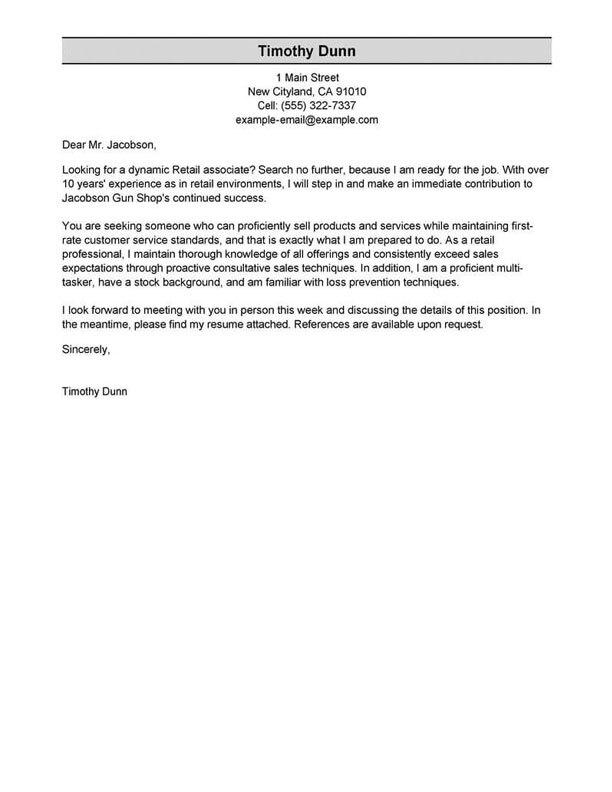TABLE OF CONTENTS
Nurse resume
summary examples
To make your resume pass the seven seconds recruiters spend eyeing a resume, write an impactful resume opener.
The resume summary consists of a two to three-sentence paragraph introducing yourself to potential employers by featuring your top skills and professional abilities.
Think of it like a business pitch. Your knowledge and experiences are the product you have to sell to the investor, in this case, the employer.
If you have plenty of work experience in your desired field, choose the professional summary approach.
If this is your first time applying for a Nurse position, use the objective statement, which allows you to share your skills as they relate to your career goals.
You can compare these two approaches in the examples below to determine which is better for your situation.
Good example:
“ A highly experienced nurse with a proven track record of delivering outstanding patient care. Possesses a strong aptitude for quickly mastering new technologies and procedures, as well as a commitment to water efficiency. Proven ability to consistently exceed expectations and deliver excellent patient outcomes.”
Why this example passes:
- Feature candidate’s success statistic to grab attention. Numbers add detail about how big the results you deliver are, e.g., test scores, passing rate and more.
- Shows career length, 11 years.
- Mentions employer-desired skills: student motivation and interactive lessons.
Bad example:
“ Dedicated nurse with extensive experience in providing patient care. Possesses strong communication and organizational skills. Committed to providing quality care and support to patients.”
Why this example fails:
- Doesn’t include any numbers that quantify nurse’s performance
- Uses vague descriptions and skills.
- Doesn’t include years of teaching experience.
The fastest way to write your
professional summary
If you want an edge writing to help write your professional summary, check out our Resume Builder. It features pre-written content for Nurse roles that you can select from, personalize and use!
- 1
Enter the details about the job title you held. The builder comes preloaded with auto-suggested phrasing written by resume experts.
- 2
Then, just pick from these suggested phrases that best frame your experience and customize them to your liking!
- 3
All you have to do is choose the summary phrases that best frame your experience. It’s like having a professional do it for you!
You can take advantage of the expert-written phrases you’ll find in our Resume Builder or go the extra mile and use our professional resume-writing services. LiveCareer offers many options for all applicants wanting an effective resume that lands jobs!
The reviews are in!
See what they’re saying about us on Trustpilot.
Nurse resume work
experience examples
The most crucial part of a Nurse resume is the work experience section. You’ll need to share a list of your previous roles, unique skills and the specific tasks you accomplished in each one if you want to write a good resume. The following examples will show you what to do and what to avoid when writing your resume’s work experience.
Good example:
Rolling Meadows Middle School I Rolling Meadows, IL I 8/2018-current
- Provided compassionate care to patients in a fast-paced hospital setting
- Successfully administered medications and treatments to patients
- Collaborated with other healthcare professionals to develop patient care plans
- Demonstrated excellent communication and organizational skills to ensure patient safety and satisfaction.
Why this example passes:
- Numbers and statistics add detail and quantify the results this nurse delivers: 4% improvement and a class size of 20-25.
- Good use of strong words and active language.
- References specialized value cahier provides with “individualized lesson plans.”
Bad example:
Emily Dickinson Elementary I Redmond, WA I 4/2022-present
- Nursed patients
- Assisted doctors
- Recorded patient information
- Cleaned hospital rooms
Why this example fails:
- Lacks numbers or statistics.
- Describes general tasks, not teaching achievements or career highlights.
- Uses active verbs, but doesn’t focus on results.
Nurse resume skills examples
Here are 18 sample skills for nurse:
- Family Education
- Medication Administration
- Clinical Documentation
- Treatment Planning
- Patient Care
- Patient Education
- Patient Assessment
- Direct Patient Care
- Patient Management
- Unit Administration
- Referral Generation
- Critical Care Nursing
- Seizure Management
- Tracheostomy Care
- Medication and IV administration
- Diabetes management
- Ventilator care
- Nursing staff leadership
You should sprinkle skills and abilities throughout your resume. Include them in your professional summary, work experience blurbs and a dedicated skills section.
Examples of additional resume sections
Every Nurse resume should have at least five sections: contact information, professional summary, work experience, skills and education. It can also be helpful to add extra sections if they show you’re a fit for the job.
Here are some examples of optional nurse resume sections that you could add to provide greater detail:
- Affiliations
- Languages
- References
- Certifications
- Additional skills
- Professional skills
- Soft skills
- Interests
Extra sections help you accurately showcase all the qualifications that make you an excellent Nurse. Nevertheless, stuffing your resume with irrelevant details will diminish the impact of your relevant experiences.
How to choose a resume format
0-3
Years of experience
Functional formats
- Focus on skills.
- Best for first-time nurse who lack work experience.
- Good for people re-entering workforce.
- May omit dates in the work history section.
Organization:
- Skills listed above work experience.
3-10
Years of experience
Combination formats
- Balance skills and work history.
- Ideal for mid-career nurse.
- Suitable for career changers and people seeking promotion.
Organization:
- Skills next to or above work experience.
10+
Years of experience
Chronological formats
- Put the most focus on work history.
- Best for nurse with a long, steady career.
- Most popular format.
- Preferred by recruiters.
Organization:
- Work experience listed above skills.
More Nurse resume examples
Featured in:*

*The names and logos of the companies referred to in this page are all trademarks of their respective holders. Unless specifically stated otherwise, such references are not intended to imply any affiliation or association with LiveCareer.





